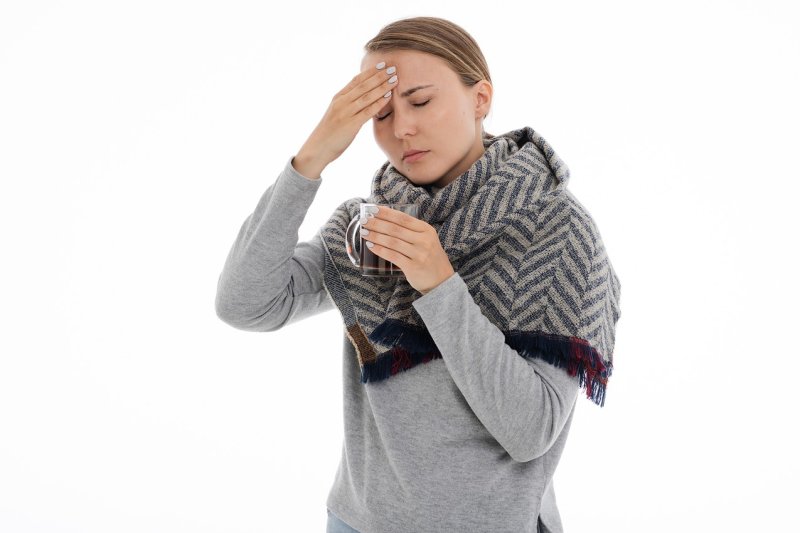New CDC data suggests many of those infected with COVID-19, but who are not hospitalized at any point during their illness, have lingering healthcare needs that extend for months. Photo by nastya_gepp/
Pixabay
April 23 (UPI) -- Nearly 70% of adults with COVID-19 who don't require hospital care visit a healthcare provider at least once between one and six months after diagnosis due to lingering symptoms of the virus, according to data released Friday by the U.S. Centers for Disease Control and Prevention.
This includes 88% of those age 65 and older, with these older adults requiring care from primary care doctors and specialists up to seven times, on average, during the first six months after testing positive for the virus, the agency said.
"The presence of active COVID-19, symptoms of COVID-19 diagnoses, and specialty referrals suggest that some non-hospitalized adults, including those with asymptomatic or mild acute illness, likely have continued healthcare needs months after diagnosis," CDC researchers wrote.
"Raising awareness among patients, clinicians and health symptoms about common new diagnoses and health needs, including specialist evaluation, after acute ... infection is important to understand the long-term effects of the illness," they said.
Even among people who experience mild illness due to COVID-19, symptoms of the virus, such as headaches and fatigue, may persist for several months after infection, research suggests.
For this analysis, researchers from the CDC and the Kaiser Permanente Georgia health system analyzed electronic health record data for nearly 3,200 adults with confirmed infections who were not hospitalized at any point during their illness.
Between 28 and 180 days after their COVID-19 diagnosis, 69% of these patients had one or more outpatient visits to healthcare providers, the data showed.
About half of the patients had at least one underlying health condition before their COVID-19 diagnosis, including nearly 16% with high blood pressure and just under 10% with diabetes.
One in six of the COVID-19 patients who required care months after their initial diagnosis received treatment for conditions potentially linked with the virus, including skin rashes, mental health problems and gastrointestinal disorders, according to the CDC.
Black adults accounted for more than half of those who needed supplemental care, while While adults made up about 25%, the data showed.
In comparison, non-hospitalized COVID-19 patients required about 25% more visits to healthcare providers after infection than those infected with the flu in Spain during the 2009 H1N1 pandemic, the agency said.
During these visits, nearly one in four of the patients in this analysis were treated for "cough, shortness of breath, chest or throat pain and fatigue, which likely represent ongoing COVID-19 symptoms," the CDC researchers wrote.
These findings "are consistent with other reports of patient-reported symptoms months after ... infection," they said.















